British veterinarian, William Moorcroft (1767-1825), who played a key role in exploring Central Asia for the East India Company, spent a harsh winter in Kashmir (1822-23) at the peak of hugely exploitative Sikh rule. His contribution to documenting Kashmir is enormous. In these passages, Moorcroft details the state and status of people who make Kashmir
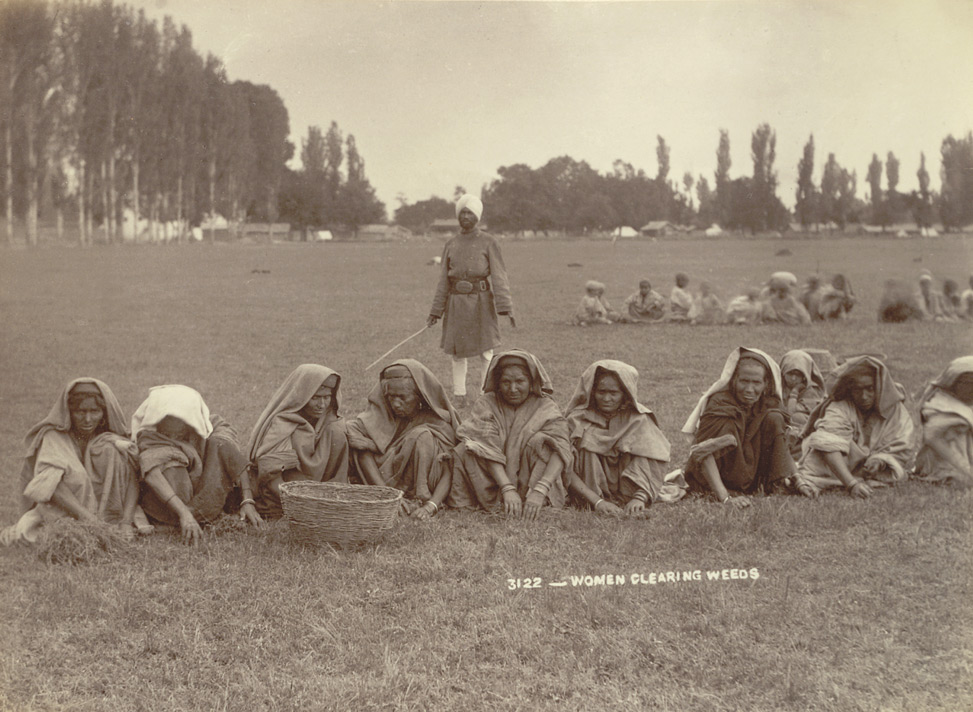
The first appearance of the people of Kashmir was anything but prepossessing. The dress of both men and women consisted of a long loose wrapper and a low woollen cap, both sufficiently dirty. The legs and feet were bare, or wooden clogs were bound to the latter by straps of leather or straw. Poverty and discontent were the prevailing characteristics. The chief article of food was a kind of greenish-coloured bread made from the tromba, of buckwheat.
On our advance from Sonamurgh, we were met by letters from the Malik, from Khaja Shah Nyas Khan, and from Surat Sinh, the latter of whom announced himself as deputed by the Subahdar of Kashmir, Dewan Moti Ram, to attend upon, and conduct me to the capital…
Starvation
About two miles from the capital, a party of horse, and a detachment of the regiment of infantry disciplined in the European fashion, under the son of Nand Ram, awaited our approach and escorted us past the remains of the Nazimbagh into the city. The streets and houses were lined with spectators, and we proceeded through them to a neglected garden, once that of Dilawar Khan, in a building in which some apartments had been prepared for our accommodation.
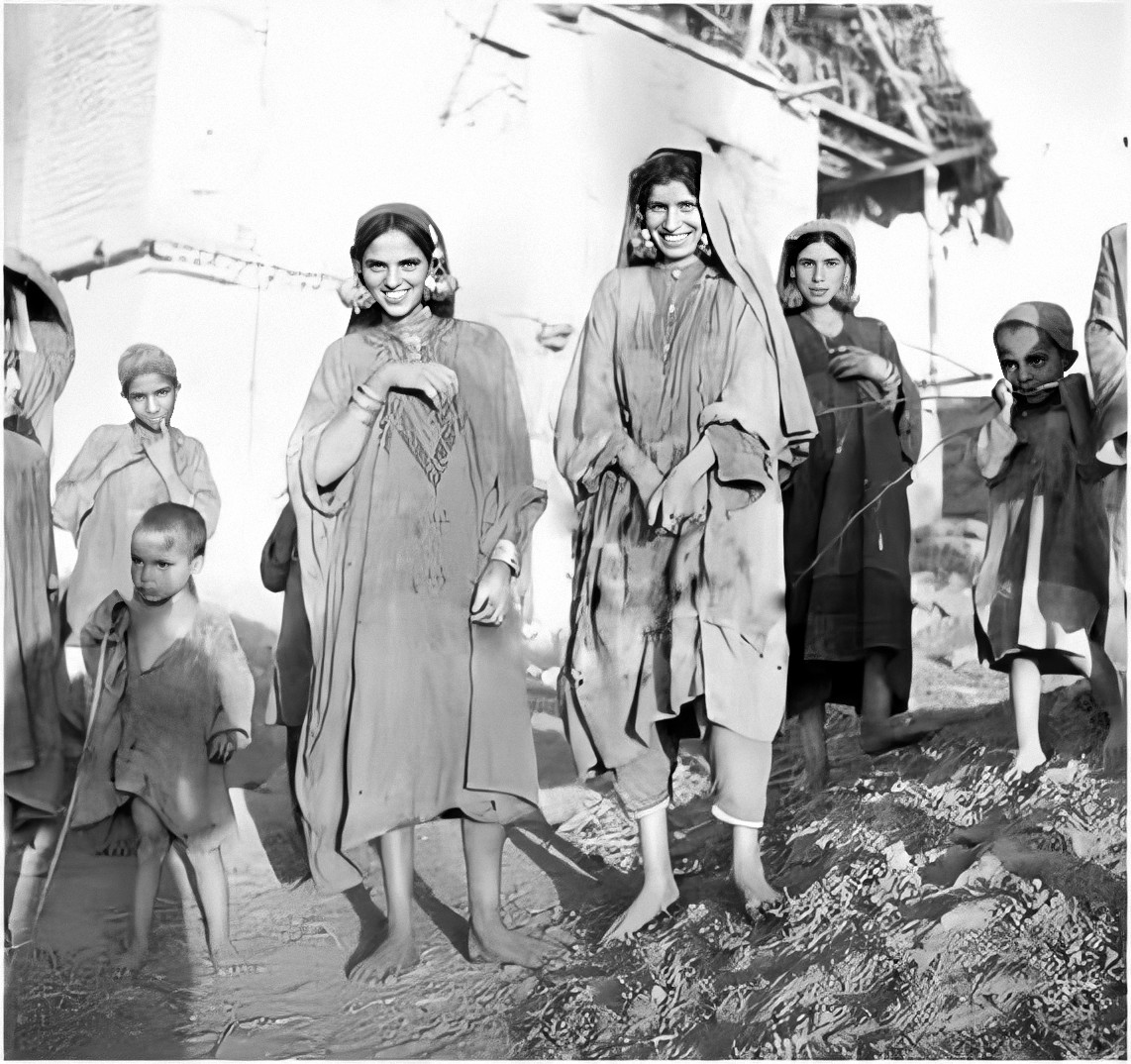
As we advanced Surat Sinh was assailed by many clamorous appeals from the crowd, and hands were stretched out, and cries addressed to us, praying for our interference to save the inhabitants from starvation. An order, it appeared, had recently emanated from Raja Ranjit Sinh, prohibiting the sale of any of this year’s crop of rice until a deficit of five lakhs in the revenue of the preceding year had been discharged.
During the first day subsequent to our arrival we were beset by crowds of people, who not only filled the garden but came in boats along a lake adjoining, on the border of which stood a sort of summer-house, in which I had taken up my quarters. The Hurkaras of the Dewan would have prohibited the people from approaching me, but I desired them to be admitted, hoping that in a few days the
public curiosity would be satisfied. This, however, was far from the case, and the multitude rather increased: amongst the crowd were men who had served as sipahis in India, and merchants from Delhi and Benares: the latter, as well as the Banias of Kashmir, tendered their services to advance whatever cash I might require for my bills on Hindustan.
The garden-house, belonging formerly to a nobleman named Dilawar Khan, situated on the Biari Nambal, a small lake, or rather an expanse of one of the chief canals of the city, was assigned for our residence, and here, as at Le (Leh), my time was spent in medical practice, collecting information, and occasional excursions…
Confused Mass
The general character of the city of Kashmir is that of a confused mass of ill-favoured buildings, forming a complicated labyrinth of narrow and dirty lanes, scarcely broad enough for a single cart to pass, badly paved, and having a small gutter in the centre full of filth, banked up on each side by a border of mire. The houses are in general two or three stories high; they are built of un-burnt bricks and timber, the former serving for little else than to fill up the interstices of the latter; they are not plastered, are badly constructed, and are mostly in a neglected and ruinous condition, with broken doors, or no doors at all, with shattered lattices, windows stopped up with boards, paper, or rags, walls out of the perpendicular, and pitched roofs threatening to fall. The roofs are formed of layers of birch bark covered by a coating of earth, in which seeds dropped by birds, or wafted by the wind, have vegetated, and they are constantly overrun with grass, flowers, and seeds.
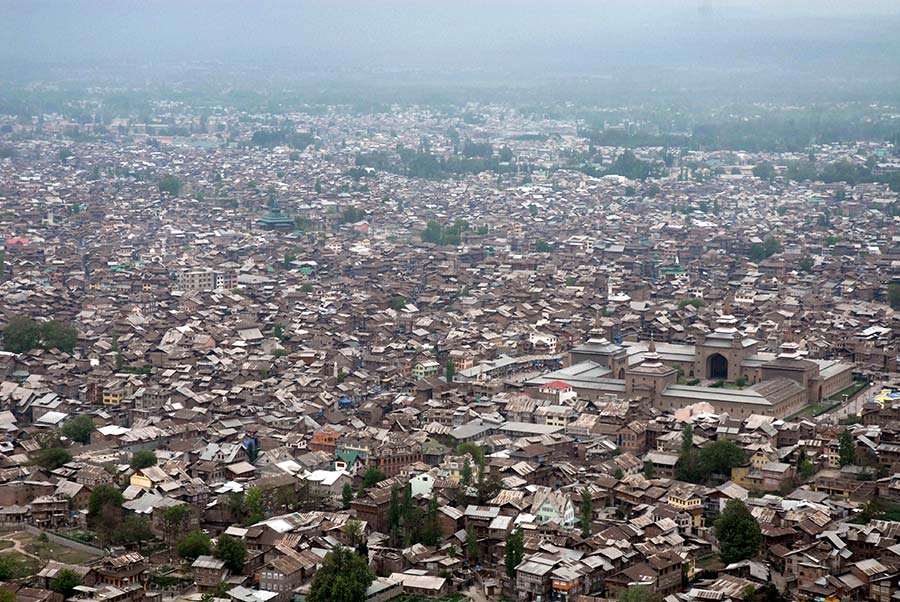
The houses of the better class are commonly detached, and surrounded by a wall and gardens, the latter of which often communicate with a canal: the condition of the gardens is no better than that of the building, and the whole presents a striking picture of wretchedness and decay.
Juma Masjid
There are no public buildings in the city of Kashmir entitled to notice for their architectural or antiquarian merits. The oldest building is the tomb of the mother of Zein-ul-abaddin, who reigned in the middle of the fifteenth century, and who is said to have made use of a more ancient Hindu temple for the purpose. It is an octagonal building of brick, surmounted by a dome of great solidity and strength, the walls being seven or eight feet thick, but of no beauty. The shrine of Sayid Ali Hamadani is constructed chiefly of the wood of the Deodar pine, and is equipped with a pyramidal steeple of timber, capped with brass.
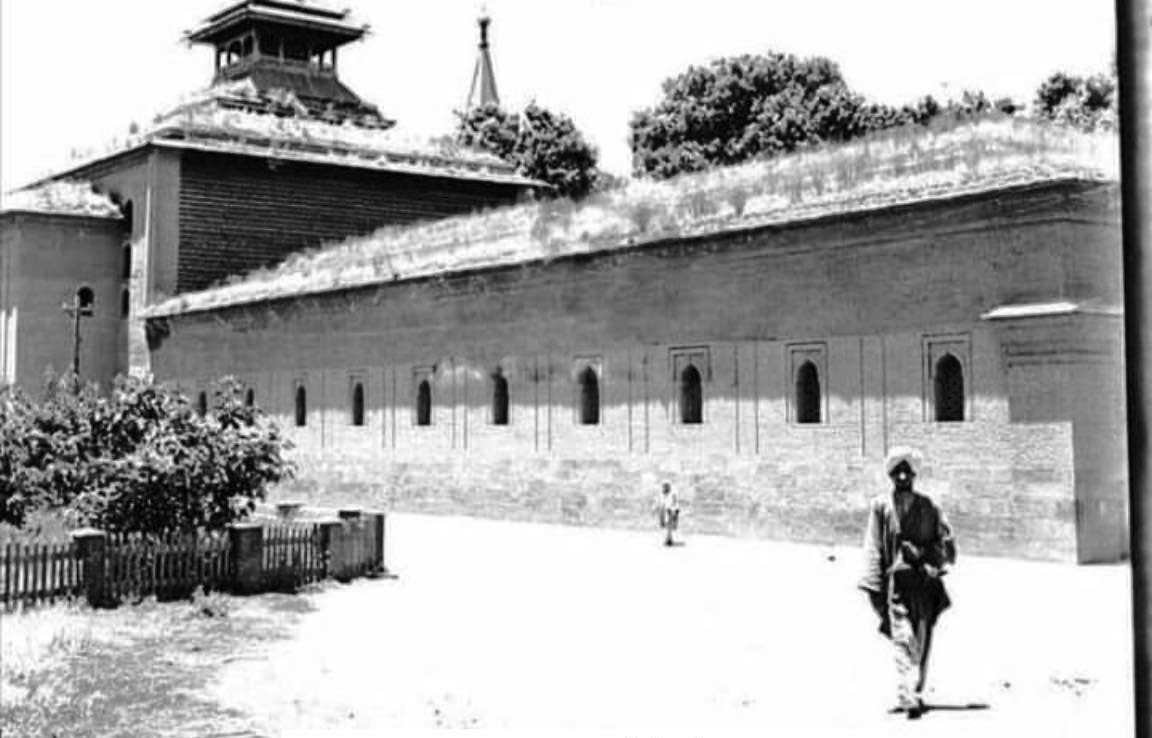
The most celebrated structure, however, is the Jama Masjid, or great mosque, which is capable of containing, it is said, sixty thousand persons. After having been four times destroyed by fire, it was last rebuilt in the time of Aurangzeb: it had been shut up at the time of our visit by order of Ranjjt Sinh, lest the plea it afforded for the assemblage of large bodies of Mohammedans should afford opportunities of plotting against his rule. The Jama Masjid consists in great part of wood, a dome and spire of timber of rude construction, resting partly upon wooden pillars, and partly on side walls, of which the foundation and lower portion consist of roughly hewn stones, and the upper of brick and mortar. The number of pillars is three hundred and eighty-four; the intervals are usually considerable. The columns are formed of an assemblage of square blocks of Deodar, about a foot in diameter, laid at right angles to each other, so that each face presents a succession of butts and sides, or to speak more technically, a bond of alternate headers and leaders: the blocks are probably secured together by pins, but those are not seen exteriorly. The columns are in general about ten feet high, but some are taller than others.
The peculiarity of their construction was, no doubt, suggested by the occurrence of earthquakes, which are frequent in Kashmir, though not very violent. Certain it is, that although the roof and walls have been rent and shattered in various places, not one of the pillars appears to have been seriously injured, or to have deviated from its original perpendicular. Such also is the durability of the timber of the Deodar, that in none of the columns was any vestige of decay from exposure or insects to be discovered, although they have been erected above a century and a half, and have received for some time past very little care or attention.
The same valuable material is employed in the formation of bridges over the canals and rivers of the country… This construction is so solid, that upon one of the bridges, the Zein-al-kadal, a line of shops, the best in the city, is situated. The shops are built of wood, each with a work-room and show-room, and the concourse of buyers is very considerable.
Wretched Population
The population of the City of Kashmir, although much diminished, must be numerous. One hundred and twenty thousand persons, it is said, are employed in the shawl manufacture alone; and, although this is the chief employment of the population, yet the other trades and occupations, essential to the support of a large city, must, at least, double the amount: the population of the province is estimated at eight hundred thousand.
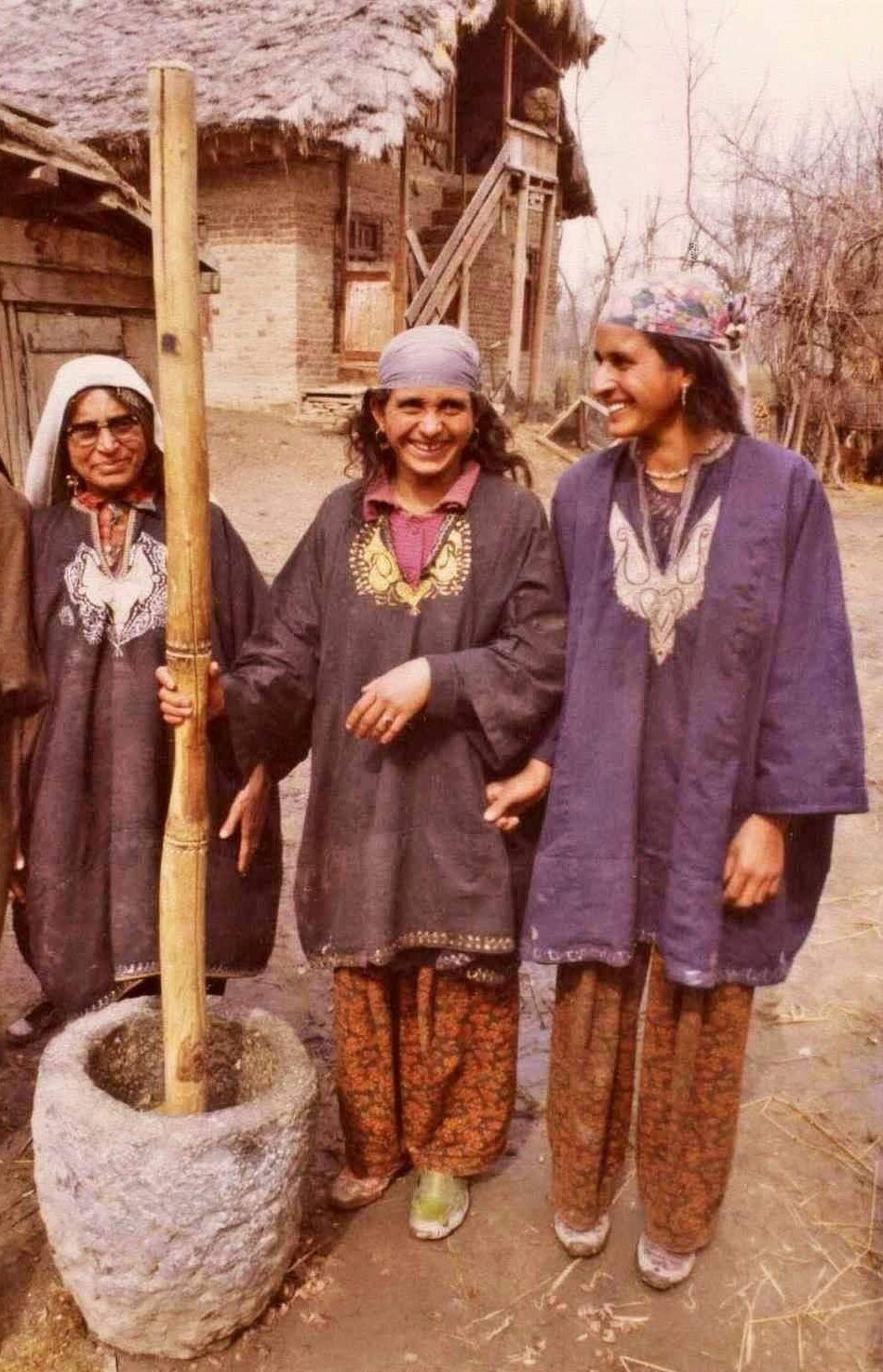
Everywhere, however, the people are in the most abject condition; exorbitantly taxed by the Sikh government, and subjected to every kind of extortion and oppression by its officers. The consequences of this system are, the gradual depopulation of the country: not more than about one-sixteenth of the cultivable surface is in cultivation, and the inhabitants starving at home, are driven in great numbers to the Plains of Hindustan. In like manner the people of the city are rapidly thinning, though less from emigration, than poverty and disease: the prevalence of the latter in its most aggravated forms was fearfully extensive.
I devoted every Friday to the reception of visits from the sick, and a greater number and cases of greater inveteray crowded round my door than ever preseited themselves at the Hotel de Dieu. I had, at one time no fewer than six thousand and eight hundred patients on my list, a large portion of whom were suffering from the loathsome diseases, brought on by scant unwholesome food, dark, damp, and ill-ventilated lodgings, excessive dirtiness, and gross immorality.
Land Seizures
According to the prevailing notions on the subject the whole of the land in Kashmir is considered to have been, time out of mind, the property of the ruler. Of some portions of the Khalsa lands the sovereigns divested themselves by grants in Jagir for various periods, but when the country came into the hands of the Sikhs, Ranjit Sinh made a general resumption, and ousted the possessors of grants of land of every class, thus summarily reducing thousands who had long lived in comfort to a state of absolute; destitution.
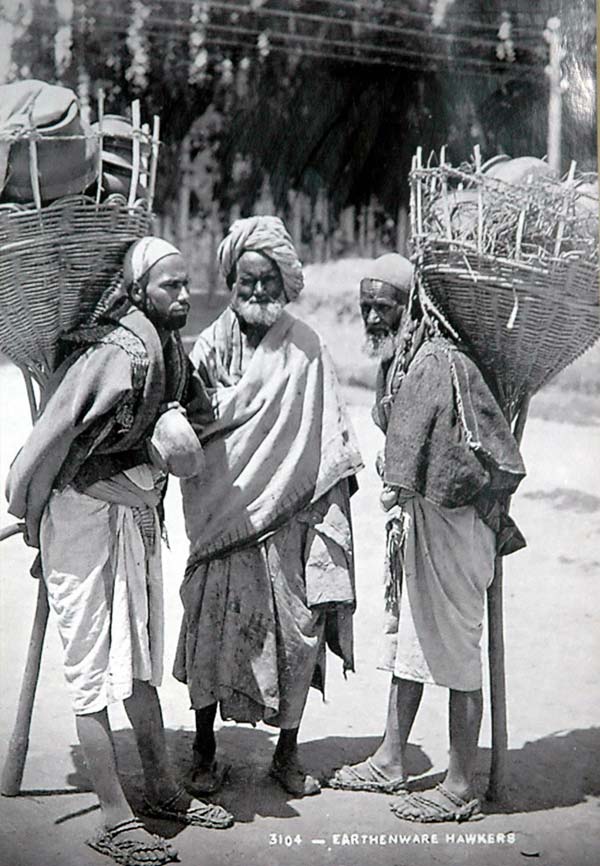
The Khalsa lands are now, as theretofore, let out for cultivation. Those near the city are termed Sar-Kishti, those more remote Pai-Kishti; or head and foot, upper and lower cultivation. When the grain has been trodden out, a division takes place between the farmer and the government: this was formerly an equal division, but the government has advanced in its demands until it has appropriated about seven-eighths of the Sar-Kishti, and three-fourths of the Pai-Kishti crop. The straw falls to the share of the cultivator, but his case would be desperate if it were not practicable to bribe the overseer or watchman to let him steal a portion of his own produce. He has also a house to live in; he can keep his cattle on the mountains during summer, can cut wood and bring it to the city for sale, can sell wild greens and butter -milk, and can support himself and family upon the wild fruits of the forest. Still the cultivators of Kashmir
are in a condition of extreme wretchedness, and, as if the disproportionate demand of the government was not sufficiently oppressive, the evil is aggravated by the mode adopted of disposing of the government share. It is sent into the market at a high price, and no individual is allowed to offer the produce of his farm at a lower rate, or sometimes to dispose of it at all, until the public corn has been sold.
Shawl Taxes
A much larger revenue than that which is obtained from the land is realised from the shawl manufacture, every shawl being stamped, and the stamp-duty being twenty-six per cent, upon the estimated value. Besides this a considerable sum is raised by duties upon the import of wool, and a charge upon every shop or workman connected with the manufacture. Nor are these imposts restricted to the artisans employed in the shawl fabric, every trade is taxed, butchers, bakers, boatmen, vendors of fuel, public notaries, scavengers, prostitutes, all pay a sort of corporation tax, and even the Kotwal, or Chief officer of justice, pays a large gratuity of thirty thousand rupees a year for his appointment, being left to reimburse himself as he may.
A portion of the Sinhara crop, to the extent annually of a lac of rupees it is said, is claimed by the government. The revenue is farmed, and the farmer is independent of the military governor. At the time of our visit tire sum paid by the farmer was thirty-eight lakhs of Panjab rupees, equal to twenty-nine lakhs of Sicca rupees,
or about two hundred and ninety thousand pounds; but a much larger sum than this was extorted from the people, although it was only to be realised by the greatest rigour and oppression.
Lively People
The natives of Kashmir have been always considered as amongst the most lively and ingenious people of Asia, and deservedly so. With a liberal and wise government they might assume an equally high scale as a moral and intellectual people, but at present a more degraded race does not exist.
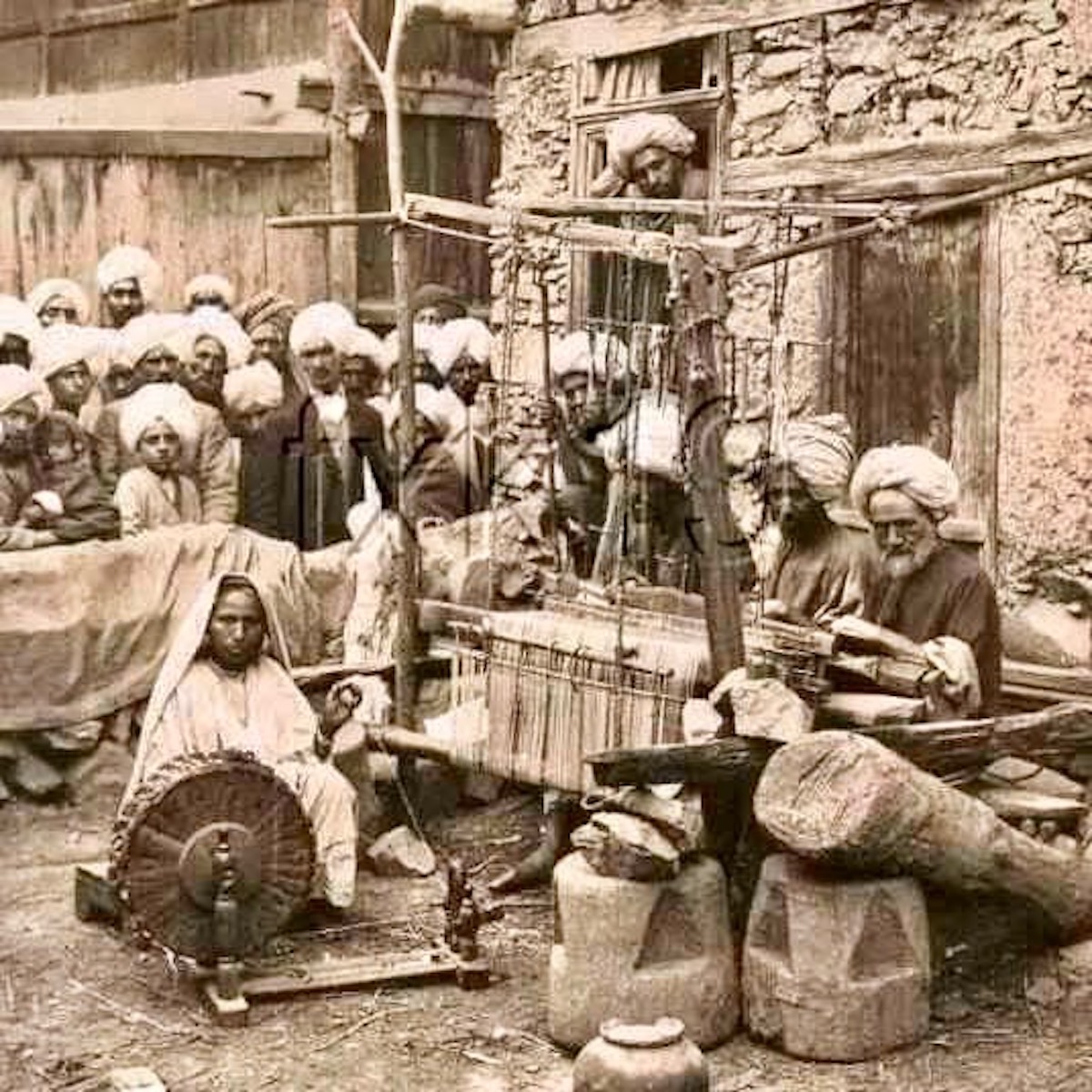
The complexion of the Kashmirians varies from dark to olive, and is sometimes ruddy and transparent: the eyes are large and full, the nose is well defined, and commonly of an aquiline form. The stature varies, but the Hindus who have least intermixed with foreign races are, in general, tall and symmetrically made. The inhabitants of the city are rather slight, but amongst the peasantry, both Hindu and Mohammedan, are to be found figures of robust and muscular make, such as might have served for models of the Farnesan Hercules. In character the Kashmirian is selfish, superstitious, ignorant, supple, intriguing, dishonest, and false: he has great ingenuity as a mechanic, and a decided genius for manufactures and commerce, but his transactions are always conducted in a fraudulent spirit, equalled only by the effrontery with which he faces detection. The “vices of the Kashmirian I cannot help considering, however, as the effects of
his political condition, rather than his nature, and conceive that it would not be difficult to transform him into a very different being.
(These disjoined passages were excerpted from William Moorcroft’s Travels in the Himalayan Provinces of Hindustan and the Punjab; in Ladakh and Kashmir; in Peshwar, Kabul, Kunduz and Bokhara from 1819 to 1825 Vol 2. Most of his Kashmir publications were printed after his death.)















